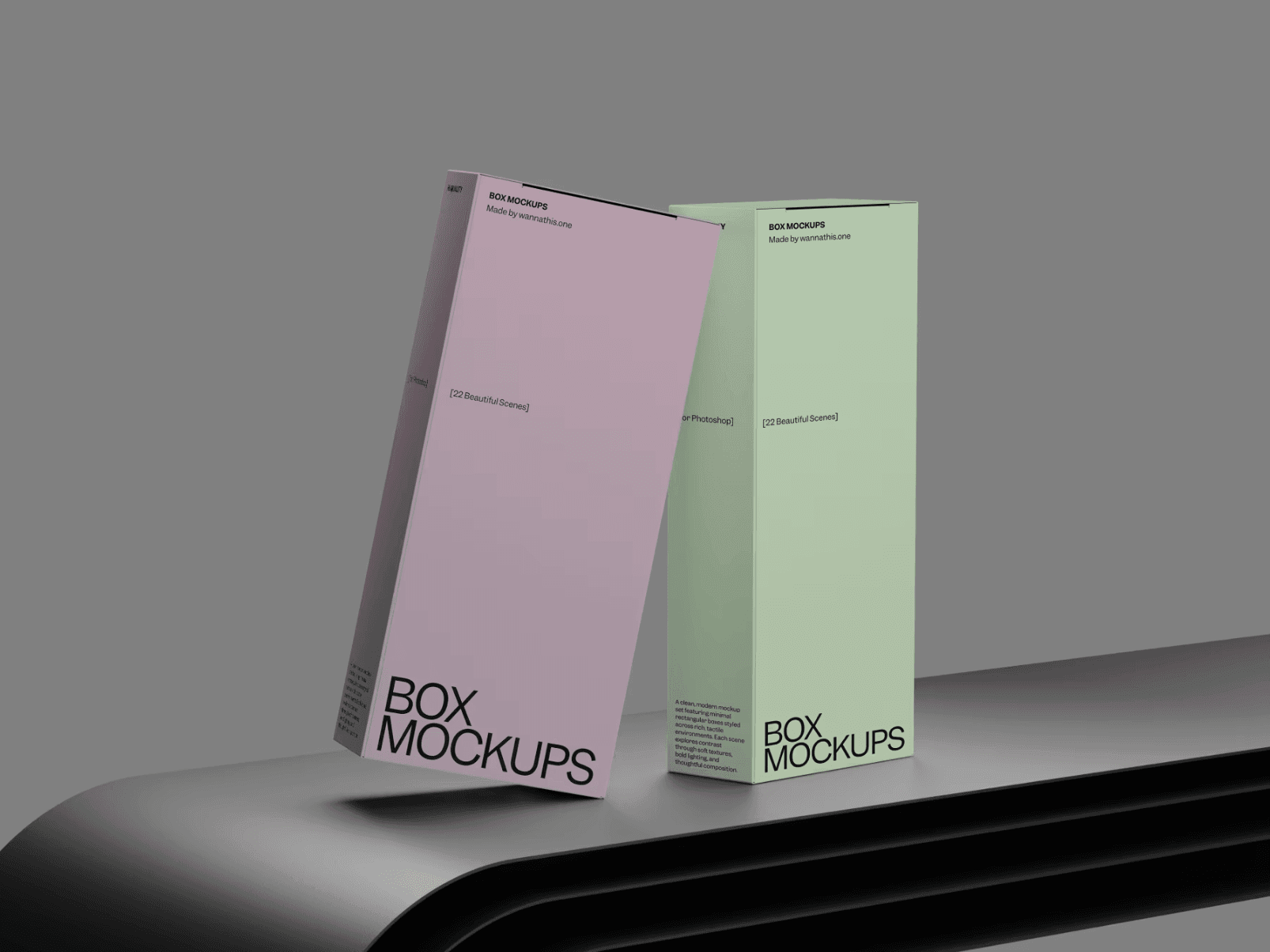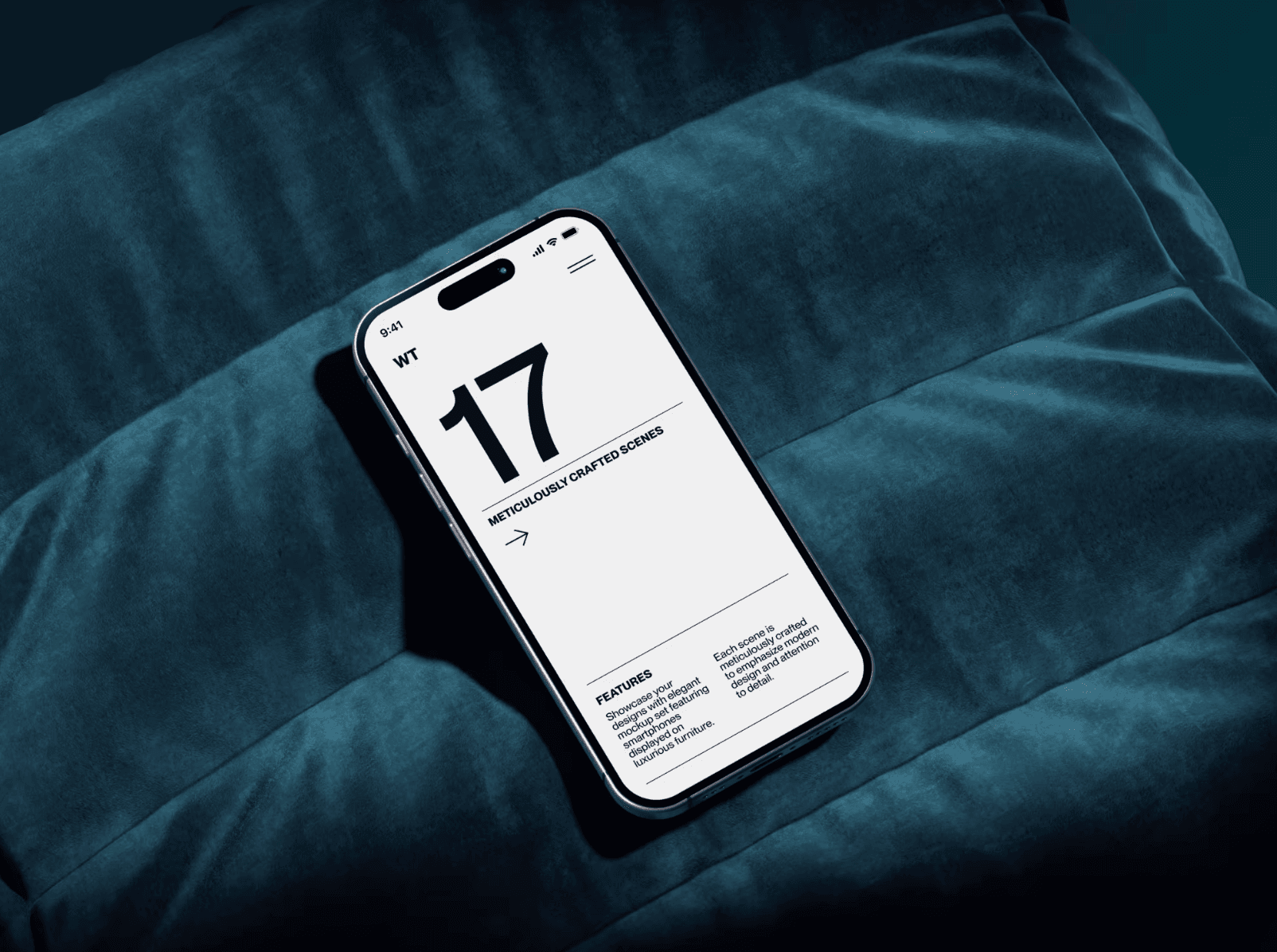How to Present Your Designs Like a Pro: Tips For Designer
Presenting your work is almost as important as creating the design itself. It is a skill every designer eventually needs, even though it rarely comes naturally from the start. For many people this part feels harder than the actual design process. Some worry about speaking in front of others and some feel unsure about how to structure the presentation. All of that is completely normal.
The good news is that a strong presentation doesn’t require perfect public-speaking skills. It just needs a bit of intention. When you guide people through your thinking, show your design in the right context, and help them understand why certain choices were made, the whole idea lands more clearly. It becomes less about performance and more about honesty - just walking someone through the story behind your work.

1. Start by setting the scene
Before you show anything visual, help your audience ease into the project. They’re seeing this for the very first time, while you’ve been living inside it for days or weeks. A quick bit of context goes a long way - just a sentence or two about what the project is, who it's for, and what problem it’s here to solve. You’re not giving them a lecture; you’re simply giving them a comfortable starting point.
When people understand the “why,” everything else becomes much easier to follow. They settle in, stay curious, and feel more connected to what you’re about to show.

Vertical Subway Billboard Mockup Near Stairs
2. Bring your work to life with mockups
There is a big difference between showing a flat layout and showing your work in context. A design on a white slide always feels a bit abstract, but once you drop it into a screen, a box, a bottle or any real object, it becomes much easier to understand. Mockups help people see your idea the way you see it, not as a concept but as something that could actually exist out there.
And yes, the quality of the mockup really matters. We talk about this a lot in another article of ours - The Psychology of Presentation: Why Better Mockups Mean Higher Rates, where we break down why realistic visuals help people trust your work faster. It’s not a “nice-to-have”; it’s one of the simplest ways to level up your presentation without touching the design itself.

Business Card Mockup on Tile Surface
3. Keep Your Presentation Easy to Follow
The presentation itself also sets the pace. When the structure feels calm and intentional, people naturally stay focused and engaged. A lot of designers overthink this part by adding effects, stacking too many visuals on one slide, or trying to squeeze every point in at once. But in most cases, the quieter the structure, the stronger the design looks.
Give your work space. Let each slide breathe so your audience never feels rushed or overwhelmed. Use simple, clear layouts, steady pacing, and enough room around your visuals for them to actually land. You want your audience to feel gently guided, not dragged from point to point. When the structure is quiet, your design stands out more confidently without any extra effort from you.

Desktop Monitor Mockup on Wooden Table
4. Walk People Through Your Thinking
Once the visuals are set, talking about your work becomes a major part of the presentation. You don’t need a memorized script, scripts usually make things harder. You worry about forgetting lines, you sound tense, and the whole story feels less natural.
It’s much easier to speak through the real journey of the design: how the idea developed, what directions you explored, and why this particular solution turned out to be the strongest. When you tell it as a story, the flow comes more naturally.
It’s also far more engaging for the audience. People want to hear the thinking, the small decisions, the moments that shaped the final result. When you stay honest instead of aiming for a perfect delivery, your presentation feels clearer, more confident, and much more human.

Two Vertical Boxes on Curved Surface
5. Let Feedback Be Part of the Conversation
No matter how well you present your work, there’s always the other side of the table - the client. They’ll have their own thoughts and reactions, and that’s completely normal. The best presentations feel more like a conversation than a performance: you stay confident in your decisions, but you’re also open to hearing what they see or feel.
Sometimes their comments highlight something you missed, and sometimes you help them understand why a certain choice makes sense. And when you treat feedback as part of the process rather than something to fear, the whole experience becomes much more relaxed and collaborative.
And one more thing: it really helps to reflect afterward. If a question showed that a slide needed more context, or you realized you’d phrase something differently next time, write it down. Even small notes add up and they quietly make your next presentation feel smoother and more confident.

iPhone 16 Plush Cushion Mockup
Wrap-Up
Presenting your work isn’t about being perfect, it’s about helping people see the idea the way you see it. When you set the right tone, keep things calm, talk through your thinking honestly, and show your design in a context that feels real, your whole presentation becomes clearer and a lot more interesting to follow. It’s a skill that grows with practice, and every project teaches you something new.
And since mockups play such a huge role in how your work comes across, you might find our mockup catalog at Wannathis helpful too. We update it regularly, and there’s a good chance you’ll find something there that fits your next presentation or helps your concept land a little stronger.
















